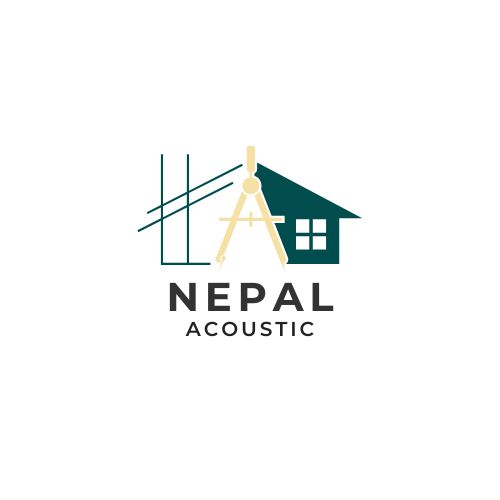Sound Attenuator
Sound Attenuator
A sound attenuator, also known as a silencer or sound dampener, is an essential component used to reduce noise levels and control sound transmission in HVAC systems, industrial setups, and other noise-sensitive environments.
Purpose & Function
The main purpose of a sound attenuator is to minimize noise generated by airflow within ventilation ducts. Air movement and turbulence in ductwork can produce significant noise, which can impact comfort and productivity. Sound attenuators help mitigate this by absorbing, reflecting, or diffusing the sound waves.
Constructed with sound-absorbing materials (such as mineral wool, acoustic foam, or fiberglass), attenuators are enclosed in rigid or flexible casings. Many designs include internal baffles or chambers to optimize sound dampening across various frequencies.
As air and sound waves pass through the attenuator, acoustic energy is absorbed or redirected, significantly reducing noise levels. Performance is typically measured in insertion loss—the difference in decibel levels before and after the attenuator—or by Sound Reduction Index (SRI).
Types of Sound Attenuators
Rectangular Attenuators
Designed for installation in rectangular duct systems, suitable for commercial HVAC systems.Circular Attenuators
Cylindrical or conical silencers used in round ductwork; compact and efficient in smaller spaces.Cross-Talk Attenuators
Prevent sound transmission between connected ducts or adjacent rooms, maintaining privacy and quiet zones.Dissipative Attenuators
Use sound-absorbing materials to convert acoustic energy into heat, ideal for broadband noise reduction.Reactive Attenuators
Utilize chambers and internal geometry to reflect and cancel specific sound frequencies, commonly used for tonal or low-frequency noise.
Key Features & Benefits
Effective Noise Control in ventilation and mechanical systems
Multiple Configuration Options for rectangular and circular ducting
Absorptive & Reactive Design Options based on acoustic requirements
Space-Efficient Solutions for constrained installations
Customizable to Airflow Rates and System Specifications
Durable and Maintenance-Free Construction
Compatible with commercial, industrial, and institutional applications
Applications
HVAC Systems in Commercial Buildings
Clean Rooms and Hospitals
Industrial Ventilation Systems
Office Buildings, Auditoriums, and Studios
Noise-Sensitive Areas in Residential Complexes
Data Centers and Mechanical Equipment Rooms
For optimal performance, it’s essential to select the right type and size of attenuator based on the project’s airflow, pressure drop, and acoustic goals. Consultation with an HVAC or acoustic engineer is recommended to ensure proper integration and efficiency.
Our Sound Attenuator Showroom
